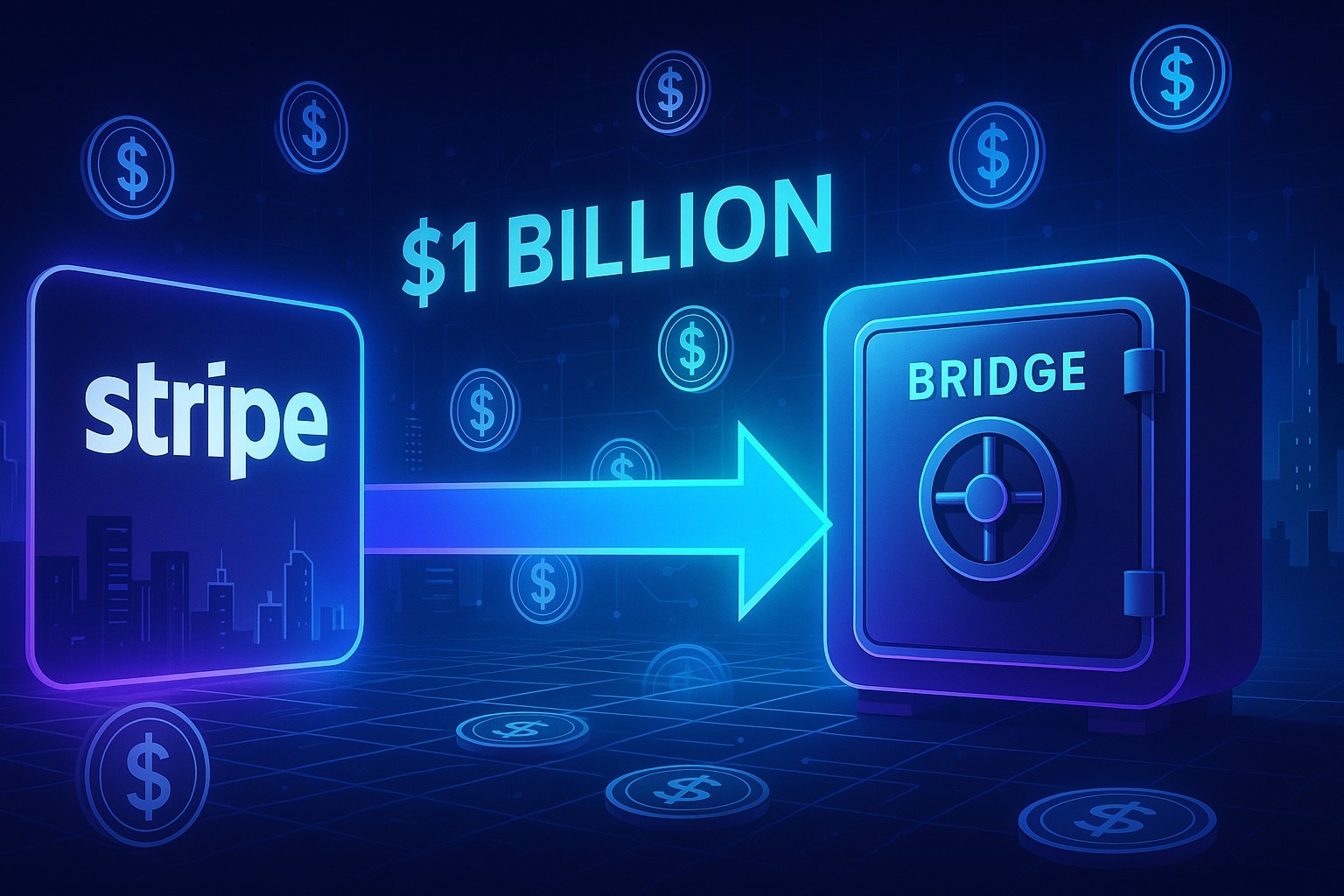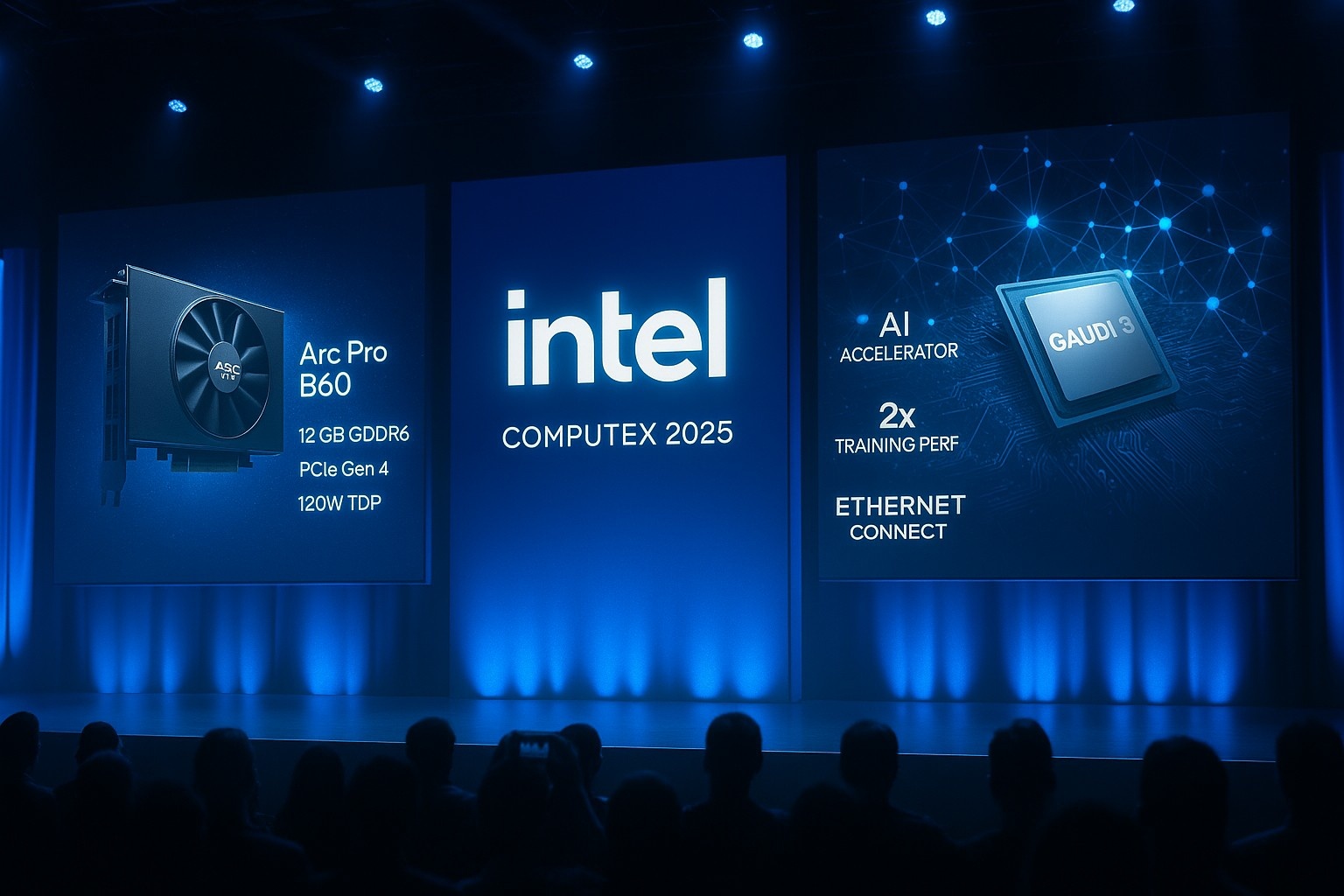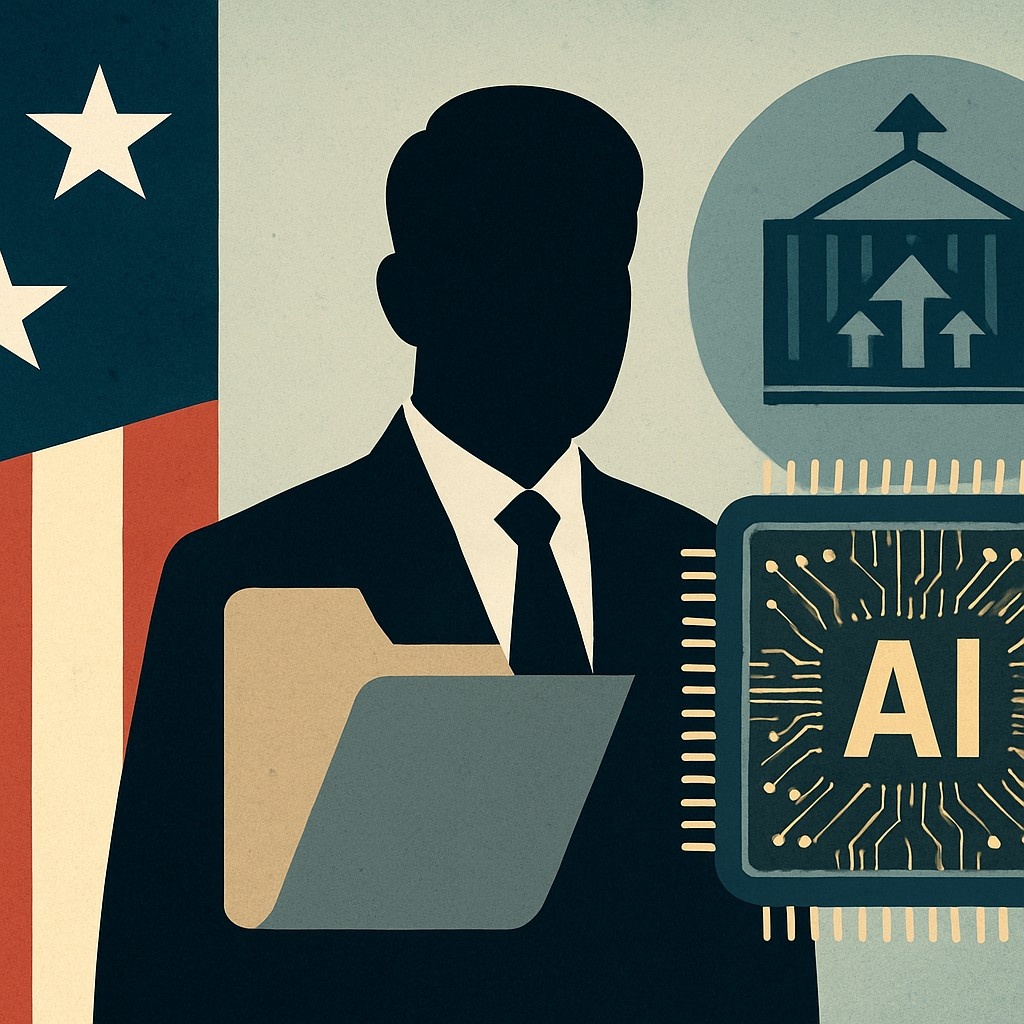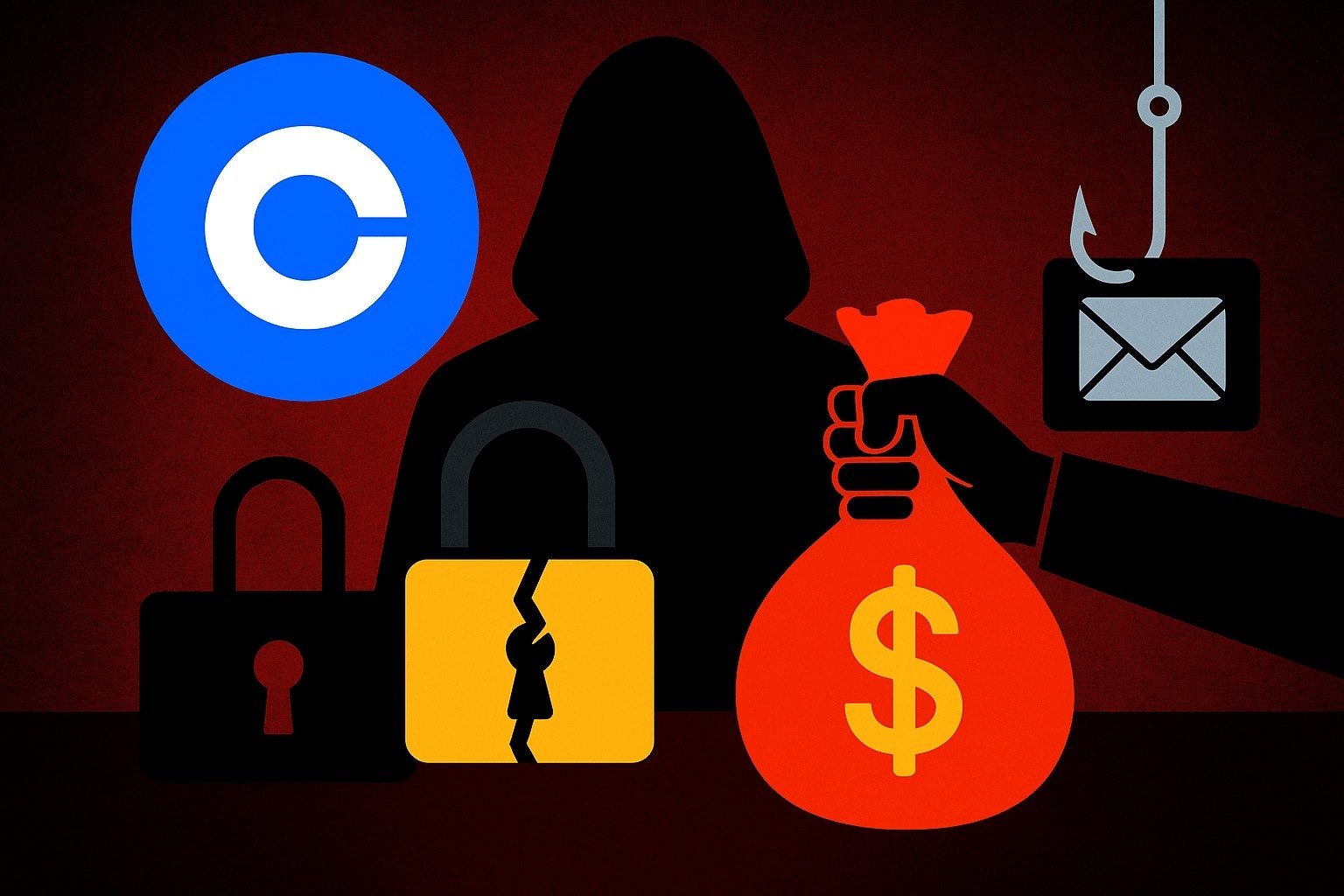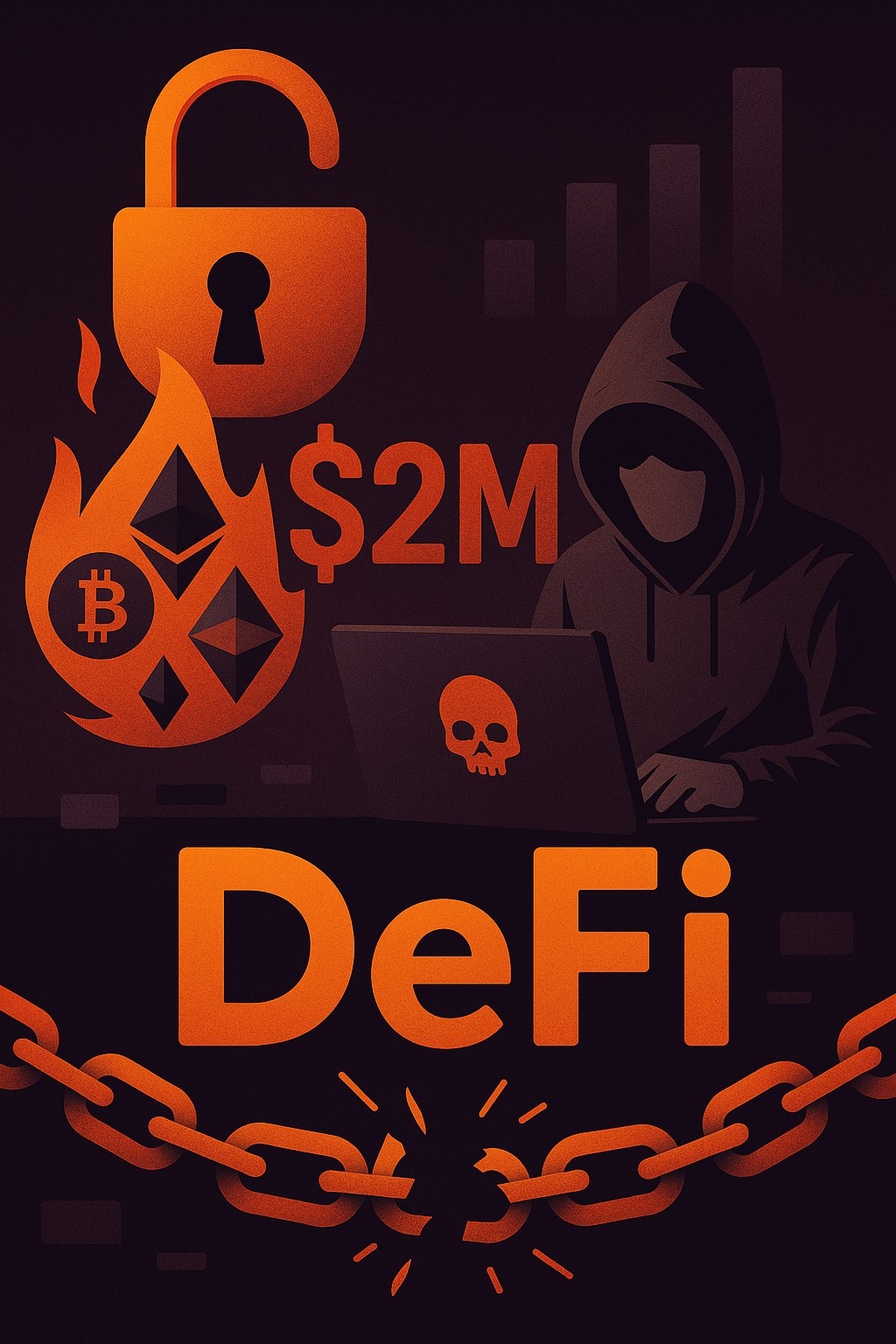Stripe Eyes $1 Billion Acquisition of Stablecoin Startup Bridge: A Bold Bet on the Future of Crypto Payments
In a landmark development that could redefine the intersection of traditional fintech and decentralized finance, Stripe is reportedly in advanced acquisition talks with Bridge, a stablecoin infrastructure startup. According to sources familiar with the matter, the potential deal is valued at approximately $1 billion, signaling Stripe’s most aggressive move yet into the world of blockchain-based financial infrastructure.
While the deal has not yet been finalized, insiders suggest that negotiations are at a late stage, and a public announcement could arrive as early as June 2025.
If completed, the acquisition would not only expand Stripe’s offerings into crypto-native settlement and cross-border payments, but also establish it as a major player in the emerging stablecoin ecosystem—a sector that is rapidly evolving into a cornerstone of global finance.
Who Is Bridge? Inside the Stablecoin Startup Stripe Wants
Founded in 2021, Bridge is a Silicon Valley-based startup focused on building stablecoin issuance and settlement infrastructure for enterprises, fintech platforms, and financial institutions. Its core product enables developers and payment providers to integrate USDC, USDP, and other compliant stablecoins into their payment rails with low latency and near-instant finality.
Bridge supports key use cases such as:
- Cross-border B2B payments
- Merchant settlement using stablecoins
- Stablecoin-based payroll and treasury management
- Fiat-on/off ramp infrastructure for fintech apps
Built with an emphasis on regulatory compliance, API-first design, and enterprise-grade security, Bridge has emerged as a backend enabler for Web2 companies exploring Web3 functionalities—without requiring them to hold or manage crypto assets directly.
The startup is backed by top-tier investors including Andreessen Horowitz (a16z), Paradigm, and Digital Currency Group, and has reportedly been in strategic conversations with a handful of large fintech acquirers since late 2024.
Stripe’s Crypto Journey: From Rejection to Reinvention
This isn’t Stripe’s first brush with the crypto world.
The company first supported Bitcoin payments in 2014, only to discontinue them in 2018 citing slow transaction speeds and user demand. However, by 2022, Stripe had re-entered the crypto space, this time focusing on infrastructure rather than currencies.
Key milestones since then include:
- 2022: Launched support for crypto exchanges, NFT marketplaces, and wallet providers through Stripe Connect.
- 2023: Enabled fiat-to-crypto on-ramps with built-in fraud detection and KYC tools.
- 2024: Partnered with Polygon and Solana for fast layer-2 and layer-1 stablecoin transactions.
- 2025: Introduced settlement in USDC for select international sellers.
Stripe’s interest in Bridge reflects a clear shift from crypto “exploration” to strategic deployment, particularly focused on stablecoins as a core utility layer for global payments.
Why Stablecoins Matter — And Why Now
At their core, stablecoins are blockchain-based tokens that represent fiat currencies like the US dollar or Euro. Unlike volatile cryptocurrencies, they aim to maintain price stability and are ideal for settlements, remittances, and programmable finance.
The total value of stablecoins in circulation surpassed $140 billion in early 2025, with USDC, USDT, and PYUSD leading the pack. More significantly, stablecoins are being adopted by:
- E-commerce platforms seeking 24/7 instant settlement
- Remittance providers offering low-cost global transfers
- Emerging market fintechs hedging against local currency volatility
- On-chain finance apps (DeFi) for liquidity and yield
Governments and regulators are also weighing in. The EU's MiCA framework, U.S. Stablecoin Legislation, and Singapore’s MAS crypto rules are all paving the way for regulated, enterprise-ready stablecoin ecosystems.
By acquiring Bridge, Stripe positions itself at the heart of this transition.
Strategic Advantages for Stripe
If the deal closes, Stripe stands to gain major advantages across multiple fronts:
-
1. Instant Global Settlement
With stablecoins like USDC, Stripe could bypass traditional banking rails and enable near-instant merchant payouts in multiple countries, especially where local banking systems are slow or unreliable.
-
2. Programmable Money Infrastructure
Bridge’s APIs would allow Stripe’s customers to embed programmable payment logic—such as escrow, milestone-based releases, and recurring crypto disbursements—directly into their products.
-
3. Expanding Treasury Capabilities
Stripe already processes billions in daily payments for millions of merchants. Stablecoins could allow it to hold, manage, and disburse funds faster and more flexibly across jurisdictions.
-
4. Decentralized Finance (DeFi) Integration
Bridge’s tech stack may allow Stripe to interact with DeFi protocols for use cases like yield generation, liquidity provisioning, or decentralized escrow—carefully, and under regulatory oversight.
Industry Reactions: A Tectonic Shift
News of the potential acquisition has already started to ripple through the fintech and crypto ecosystems.
Fintech leaders see the move as Stripe validating the mainstream potential of stablecoins. As one VC investor tweeted, “If Stripe is buying a stablecoin infra startup, it’s no longer a crypto experiment. It’s a payments evolution.”
Crypto-native players, however, are watching carefully to see whether Stripe’s approach will favor permissioned, compliant ecosystems over more decentralized models.
Either way, the message is clear: stablecoins are no longer fringe tech—they are fast becoming financial infrastructure.
What This Means for the Broader Ecosystem
Stripe’s potential acquisition of Bridge could set off a wave of M&A activity in the stablecoin space, especially among infrastructure providers that offer:
- Fiat on/off ramps
- Compliance tools (KYC/AML)
- Liquidity APIs
- Tokenized identity and wallets
It could also accelerate interest from legacy institutions like Visa, Mastercard, PayPal, or Square, who are exploring stablecoin pilots and blockchain rails of their own.
On the startup side, this move could reignite VC interest in crypto-fintech hybrids—companies building tooling, analytics, risk infrastructure, and developer SDKs around stablecoins and tokenized finance.
Challenges Ahead
While the strategic logic is sound, the road ahead won’t be without challenges:
-
Regulatory Risk
Stablecoins are under regulatory scrutiny worldwide. Stripe will need to ensure Bridge’s platform complies with evolving licensing, capital requirements, and consumer protection laws in every market it enters. -
Blockchain Fragmentation
Integrating across multiple chains—Ethereum, Solana, Base, or future L2s—requires continuous R&D and support for various token standards. -
Merchant Adoption
While crypto-native merchants may embrace stablecoin rails easily, mainstream businesses will need education, incentives, and clear value props to shift from bank-based settlement to tokenized flows.
Final Thoughts
If Stripe successfully acquires Bridge, it will not just be acquiring a startup—it will be staking a claim in the future of programmable money. The deal would confirm what many in fintech have long suspected: stablecoins are not a niche crypto product, but rather the next evolution of global financial infrastructure.
With its track record of seamless APIs, developer-first platforms, and financial reliability, Stripe could be uniquely positioned to bring stablecoin payments to the masses—from SaaS platforms and ecommerce sites to gig economy apps and international remittance corridors.
As the boundary between Web2 fintech and Web3 infrastructure continues to blur, Stripe’s rumored $1 billion bet could become a defining moment in the evolution of money itself.
